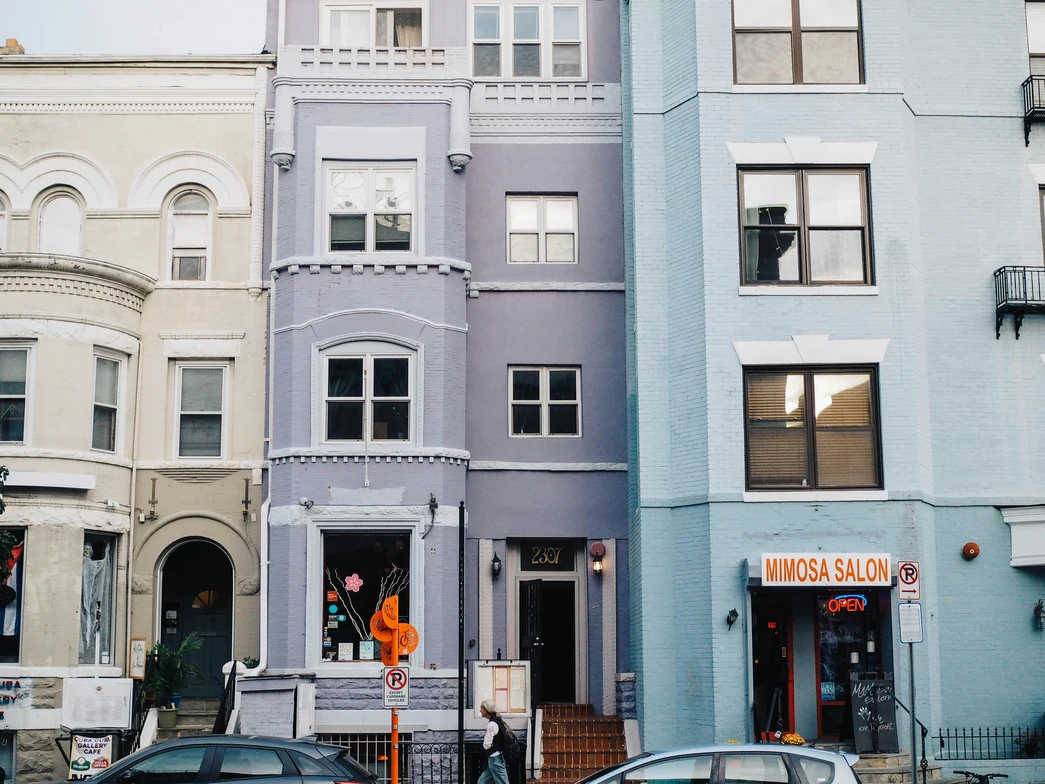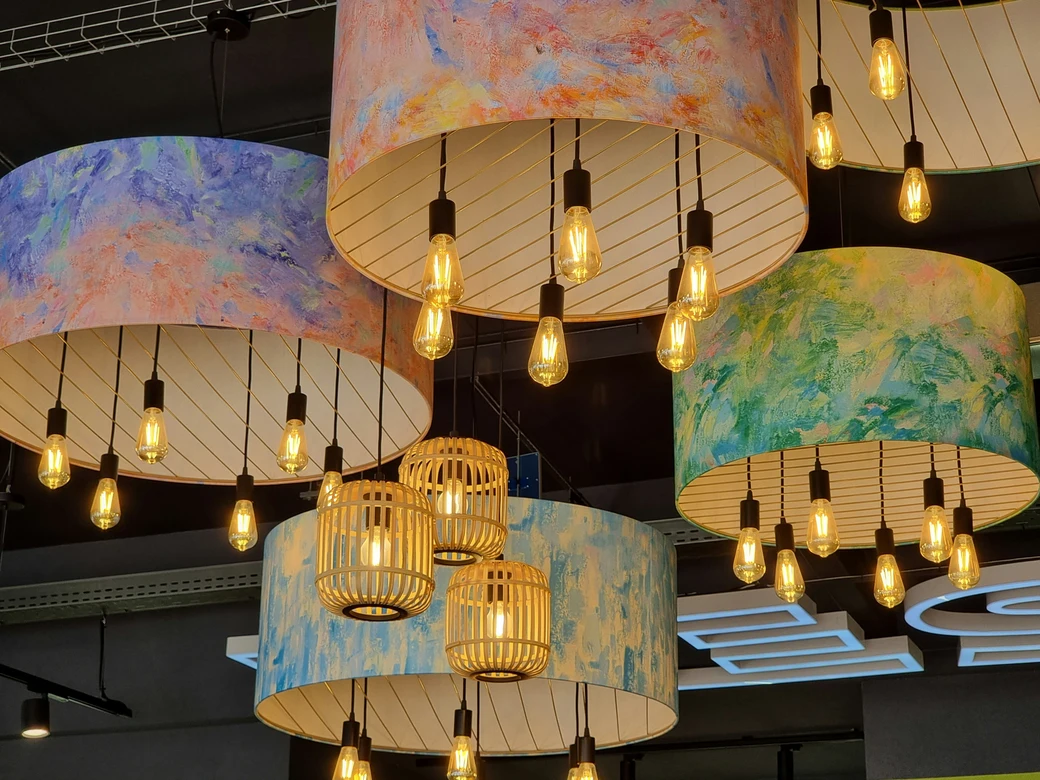Living in a small apartment doesn’t mean you have to compromise on style, function, or atmosphere. One of the most powerful interior design strategies you can use is color zoning. By strategically applying different colors to specific areas of your home, you can create visual boundaries, improve your mood, and boost your productivity — all without adding physical walls. This technique is especially effective in compact living spaces, where every inch counts and flow matters.

What Is Color Zoning?
Color zoning is the practice of using colors to define separate areas within the same space. Instead of using partitions or bulky furniture to create divisions, you assign a distinct color palette to different functional zones. For example, your work area might feature cool, calming tones to promote focus, while your relaxation area might have warmer, softer shades for comfort. This method is subtle but highly impactful, making it ideal for small apartments.
Why Color Zoning Works in Small Apartments
Small apartments often face two main challenges: limited space and the need for multifunctional rooms. Color zoning addresses both issues. Visually, it makes a single room feel like multiple spaces, which helps with mental organization. Psychologically, different colors influence mood and behavior. When you assign specific colors to tasks or moods, your brain associates each zone with its function, leading to more effective use of your space.

Choosing the Right Colors for Each Zone
The key to effective color zoning is understanding color psychology and how it aligns with your daily activities.
- Work Zone: Opt for blues and greens. Blue encourages calm focus, while green supports creativity and balance.
- Relaxation Zone: Soft neutrals, blush pinks, or muted terracotta create a soothing atmosphere.
- Dining Area: Warm shades like mustard or earthy oranges can stimulate appetite and conversation.
- Sleep Zone: Cool grays, dusty blues, or lavender promote rest and relaxation.
How to Apply Color Zoning Without Overcrowding
You don’t have to paint entire walls to achieve color zoning. Small design changes can make a big difference:
- Accent Walls: A single wall in a distinct color can separate one area from another.
- Rugs & Flooring: Use area rugs in coordinating colors to define zones without physical barriers.
- Furniture Color Coordination: Match furniture finishes to your chosen palette for each zone.
- Artwork & Decor: Hang art that reflects the zone’s color scheme to strengthen the visual division.
Balancing Flow and Consistency
While color zoning is about defining spaces, you still want your apartment to feel cohesive. Choose a base color that appears throughout the space, and use your zone colors as accents. This way, the transitions between areas feel intentional, not jarring. A good tip is to stick to colors of similar saturation levels to maintain visual harmony.

The Mood-Boosting Benefits of Color Zoning
Colors affect your mood more than you might realize. By using color zoning, you can set the emotional tone of each part of your home:
- Boost Productivity: Assign colors that energize and motivate in your workspace.
- Encourage Relaxation: Use soft, muted tones in lounging areas to help you unwind.
- Improve Social Interaction: Bright, warm hues in communal spaces make gatherings more inviting.
Common Mistakes to Avoid
While color zoning is simple in concept, it can be tricky in execution:
- Too Many Colors: Using more than three or four main colors can make a small apartment feel cluttered.
- Ignoring Lighting: Natural and artificial light can change how a color looks, so test swatches at different times of day.
- Forgetting Furniture Placement: The positioning of your furniture should support the zones you’ve created.
Practical Color Zoning Ideas for Small Apartments
- Kitchen + Living Combo: Keep the kitchen bright and airy with white and mint green, while using warm beige or light gray for the living space.
- Bedroom + Workspace: Use calming gray for the sleep zone and a muted teal for the desk area to help your brain switch between rest and work modes.
- Dining Nook + Reading Spot: Warm yellow for the dining corner, soft sage for the reading area.
FAQs (Frequently Asked Questions) About Color Zoning Small Apartments
1. Can I use color zoning in a rental apartment without painting?
Yes. You can use removable wallpaper, colorful curtains, furniture upholstery, or even decorative wall panels to create zones.
2. How do I keep color zoning from making my apartment feel smaller?
Stick to lighter shades for large surfaces and use darker or bolder colors only for accent areas. This prevents the space from feeling boxed in.
3. Is color zoning expensive to do?
Not necessarily. Small updates like throw pillows, rugs, or wall art in your chosen colors can make a big impact without major renovations.
4. Can I mix bold colors with neutrals in color zoning?
Absolutely. Pairing bold accents with a neutral base can keep your design lively yet balanced.
5. How often should I update my color zones?
It depends on your preferences. Many people refresh their color scheme every few years or with each major life change to keep their space feeling fresh.
Want More Blogs Like These?
Check out more articles in Living Spaces on Designs24hr to discover more interior design tips, small space solutions, and inspiring home makeovers.







